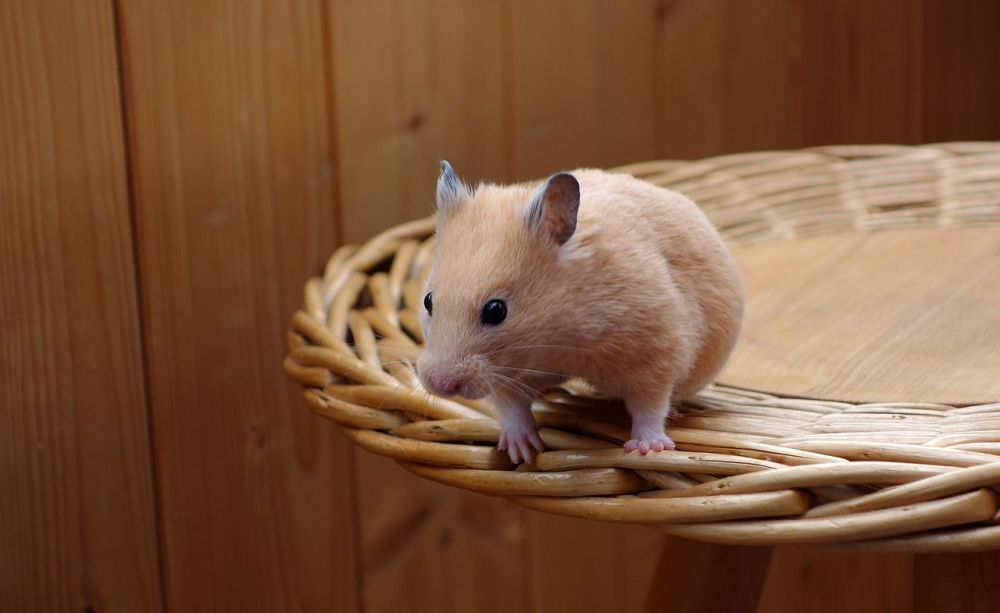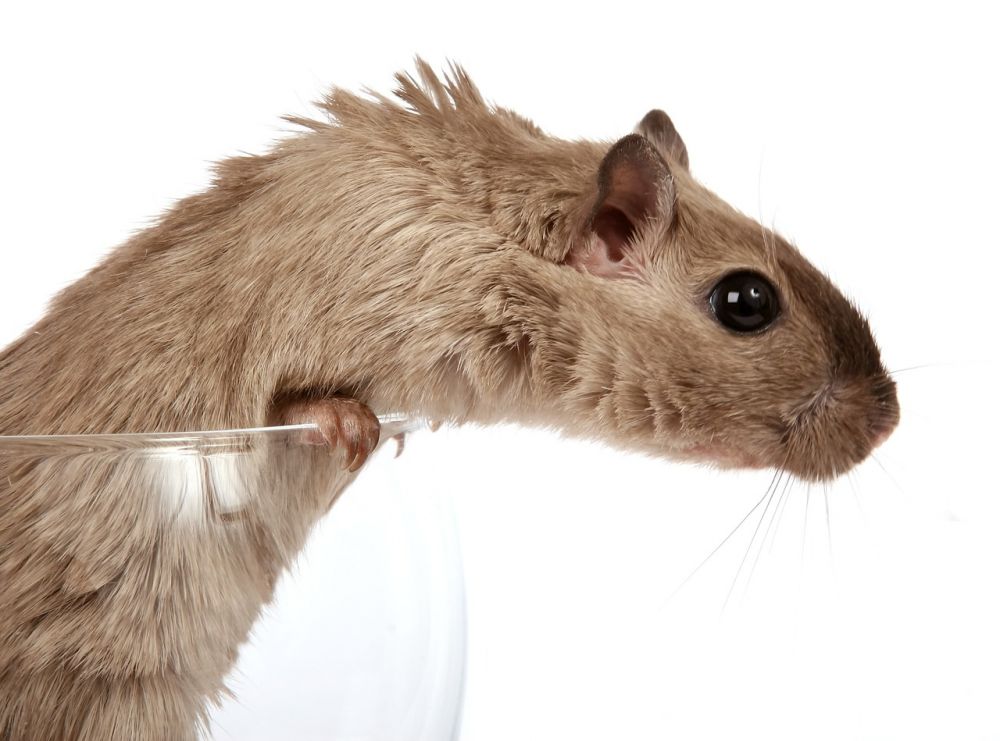Golden Hamster (Mesocricetus auratus): A Comprehensive Guide

Introduction:
The golden hamster is a small mammal belonging to the rodent family. Known for its adorable appearance and friendly nature, this species has gained popularity as a beloved pet worldwide. In this article, we will provide an in-depth overview of golden hamsters, including their types, characteristics, and historical significance.
1. Overview of Golden Hamster:

The golden hamster, also known as the Syrian hamster, is native to the arid regions of Syria and Turkey. It was first discovered in 1839 by British zoologist George Robert Waterhouse. These hamsters typically have a lifespan of 2-3 years and reach a length of 5-7 inches. They have a stocky body, round ears, and large, expressive eyes.
2. Types and Popularity:
Golden hamsters come in various morphological variations, including long-haired, short-haired, satin, and rex. Each type has its distinct coat texture and coloration. The most popular among them is the long-haired golden hamster, known for its fluffy appearance.
Golden hamsters have gained significant popularity as pets due to their low maintenance requirements and gentle temperament. They are ideal for individuals, families, and even apartment dwellers. The dwarf hamsters, such as the Roborovski and Campbell’s, are also in demand for those seeking smaller hamster breeds.
3. Quantitative Measurements:
When it comes to physical attributes, male golden hamsters are larger than females. On average, males weigh around 130-200 grams, while females weigh 100-150 grams. Their gestation period lasts for approximately 16-18 days, and they typically have litters of 6-10 pups. Golden hamsters are fully matured at around 3-4 months of age.
4. Differentiating Traits:
Within the golden hamster species, variations in behavior and characteristics exist. Some individuals may exhibit shyness or skittishness, while others are more outgoing and sociable. Moreover, their fur coloration can vary, ranging from shades of golden brown to gray or even black. Additionally, certain hamsters may have specific health concerns or genetic predispositions, necessitating proper care and attention.
5. Historical Perspective:
Throughout history, golden hamsters have played significant roles in scientific research. They have been utilized in various studies, including genetics, behavior, and disease research. The golden hamster is notorious for its ability to multiple chromosome sets, making it a valuable model organism for genetic research.
However, the popularity of golden hamsters as pets has also led to concerns regarding their overall welfare. Some breeders prioritize appearance over health, leading to hereditary diseases and shortened lifespans in certain individuals. Responsible breeding practices and informed selection are crucial to ensuring the well-being and longevity of these adorable creatures.
Conclusion:
Golden hamsters, with their charming personalities and unique characteristics, have captivated the hearts of people around the world. Understanding the various types, measurements, and differences within the species is essential for providing optimal care and selecting the perfect furry companion. As they continue to be cherished pets, let’s strive to ensure their well-being and appreciate their historical significance.





